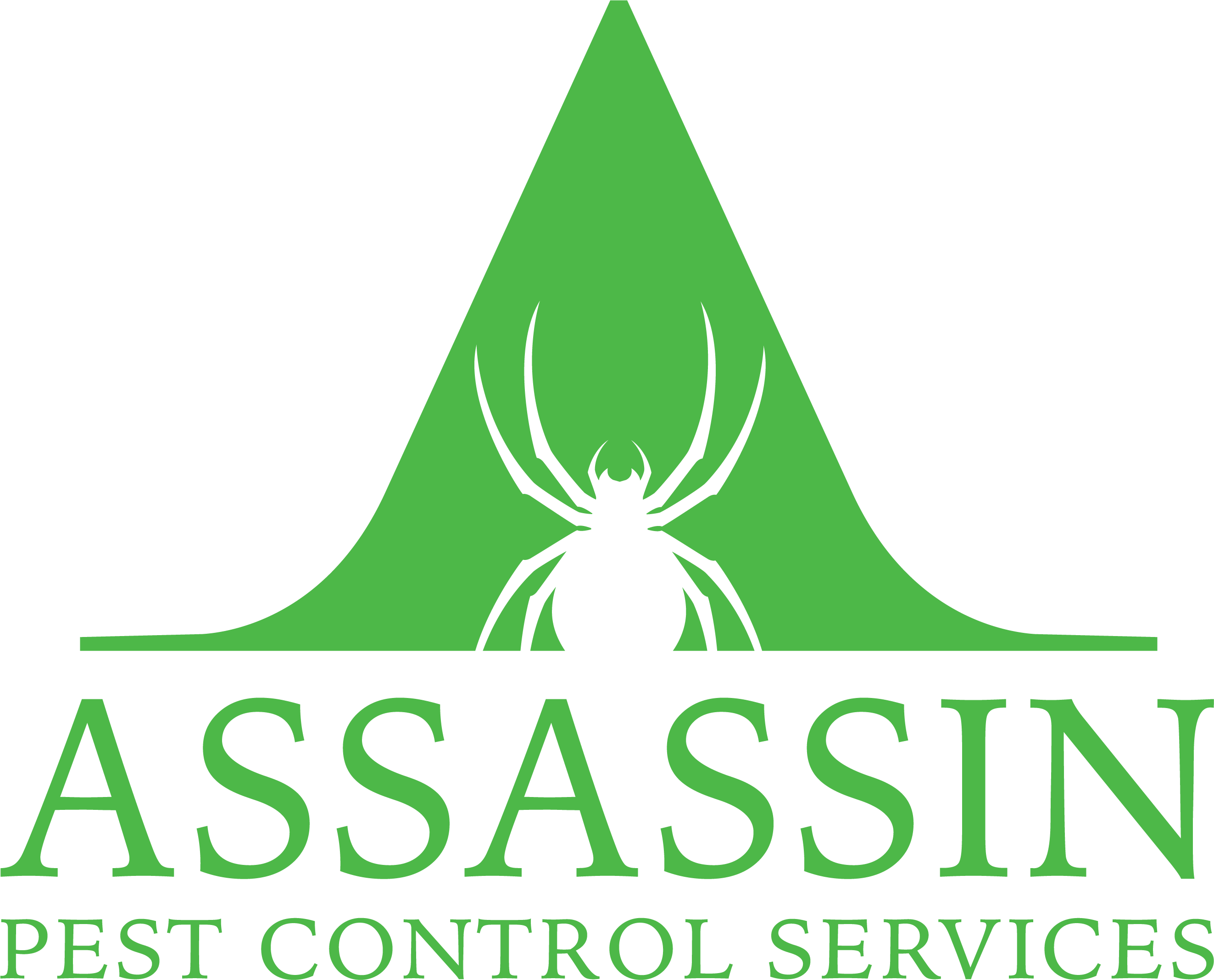The relationship between humans and spiders is a complicated one. Typically they’re either considered one of two things: harmless pest control or eight-legged monsters.
Most spiders that find their way into human homes are harmless to people and are good roommates. Some catch annoying and disease-carrying insects like flies in their webs. Others keep ravenous, herbivorous insects away from gardens.
There’s no denying however that spiders aren’t the friendliest looking animal out there. Nor does everyone want an eight-legged houseguest. Read on for a crash course on the types of spiders in our homes and some easy solutions for spider pest control.
Arachnids not Insects
While they look a lot like insects, spiders are their own class of arthropods known as Arachnida. They belong to the Araneae order which does not include daddy longlegs.
Spiders themselves have plenty of variation among the different species. The most well-known trait of spiders is their ability to spin webs to capture prey. Furrow spiders, orb weavers, and funnel spiders are a few common eight-eyed faces we can see in and around our homes within North America.
Jumping spiders are one of the most common types of spiders in the world, usually small and stocky these spiders rely on their powerful legs to snatch prey out of the air. Looking at how skilled these predators are we may ask ourselves “are jumping spiders dangerous?” The answer is a resounding no, jumping spiders are much too small to ever even think of harming a human.
The most intimidating out of all Canadian house spider species are hunting spiders. These spiders, such as the wolf spider, do not spin webs and instead ambush and chase down their prey. They can be large but pose no danger to humans, new mother wolf spiders also carry their young on their back which is either adorable or terrifying depending on who you ask.
Not Always Harmless
Despite the fact that most spiders that live among humans cannot hurt us, there are dangerous spiders that are able to make their way into our homes.
Black widow spiders can be found throughout the United States and up into the Southern reaches of Canada. The good news is black widows are shy and only bite humans in self-defense and they don’t have a high fatality rate. Spider pest control is recommended for an infestation of these potentially dangerous arachnids.
All spiders can carry bacteria or diseases with them, and can accidentally spread these into homes. While the occasional wolf spider hiding in a basement or a jumping spider camped out at a windowsill is nothing to be worried about an increased number of them can lead to health complications from allergies to contaminated food.
Spider Pest Control Options
Spiders can be dissuaded from entering human habitations in a few ways, the easiest being removing their food source. Spiders set up dens in locations where they can catch an easy meal. By limiting the number of prey insects within a home we can force spiders to move elsewhere.
Sealing off tiny holes in our walls or roofs will prevent spiders or from wandering in. Keeping lights off at night stops a spider’s prey from visiting a home at night.
Lastly, if the spider problem isn’t going away we can resort to a more permanent option for spider pest control. Calling a pest solution company with professional experience in the matter of handling infestations is a good option. Assassin Pest Solution is one such company, with a focus on invertebrate infestations.
Call now for advice or to schedule an appointment that will help put your spider problem to rest.



